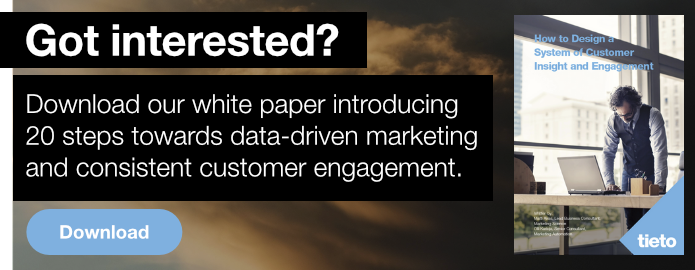Marketing automation is often seen as a silver bullet for improved and more efficient marketing and sales. However, quite as often it is simply shedding more light on the shortcomings of marketing and sales processes and the inadequate quality, completeness and availability of the needed data.
Marketing automation should be seen as one component in a larger (eco)system that generates a consistent customer experience. Below we have compiled a list that explores some of the most battle-proven ways to address and overcome so called “special issues” and leverage marketing automation in an optimal way.
- Customer experience metrics and their links to financial and business metrics
- Knowing your customer
- Customer segmentation
- High-quality data
- Single view of the customer
- Meaningful customer communication
- Marketing automation as part of the (eco)system
- Maturity of your customer experience infrastructure
- Sales and marketing alignment
- Being honest = stopping to pretend you can do it all by yourself
These issues need to be understood and taken into account when designing, implementing and rolling out your marketing automation system as part of successful customer acquisition and customer engagement programmes.
1. Customer experience metrics and their links to financial and business metrics
Customer analytics drives important decisions in customer (experience) strategy. It should be well integrated into every customer-facing process. Customer analytics initiatives often fail when they are not properly tied back to business and financial metrics. This is critical as customer analytics is increasingly used to guide decisions that drive business metrics across the entire customer lifecycle. In addition, organisations with a high maturity level in the customer acquisition and customer engagement domain use formal ROI methodologies to build a solid business case for marketing automation investments which, in turn, requires a solid relationship between customer-related metrics and financial and business metrics.
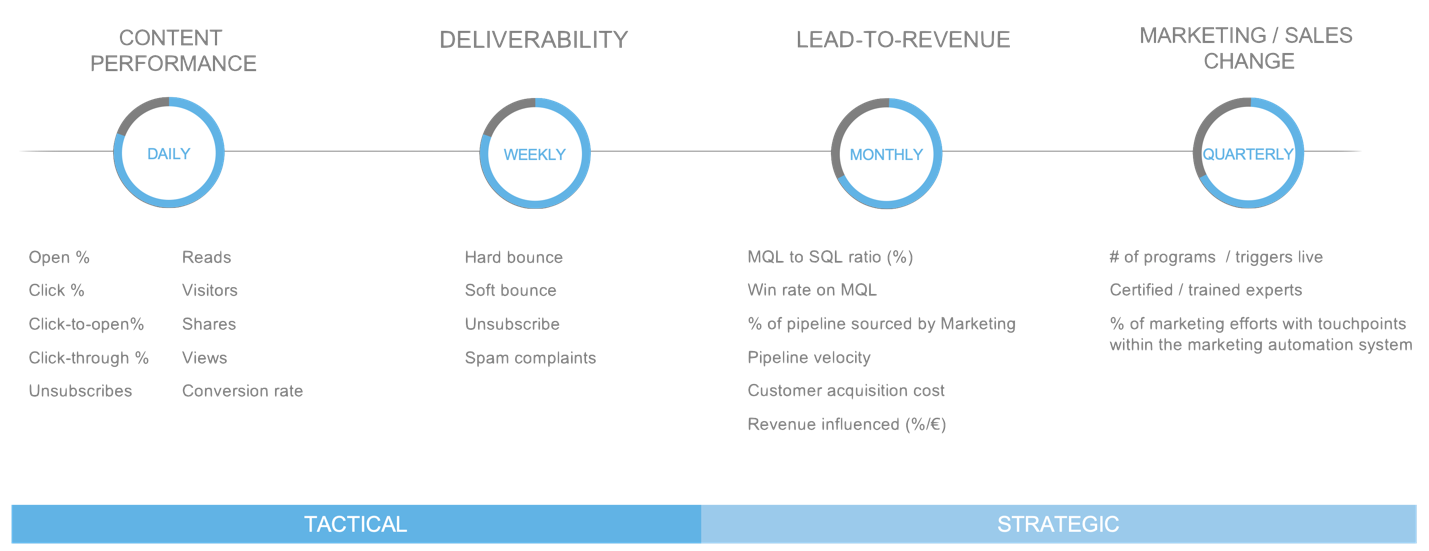
Figure 1 Focused metrics at multiple levels and measured performance
2. Know your customer
The reality is that most companies target the wrong person, in the wrong channel, and at the wrong time with the wrong content and experiences. What could be worse than promoting a product or service to a customer that has just purchased that product or service?
To avoid this, you need to know your customer. By combining business data (such as transactional data), customer profile data, activity data (such as interaction and engagement data from digital and physical channels) and support data (such as customer service data), you can gain a good insight into your customers at the individual level. This allows triggering the right actions to every individual in a personalised way, driving more meaningful customer relationships.
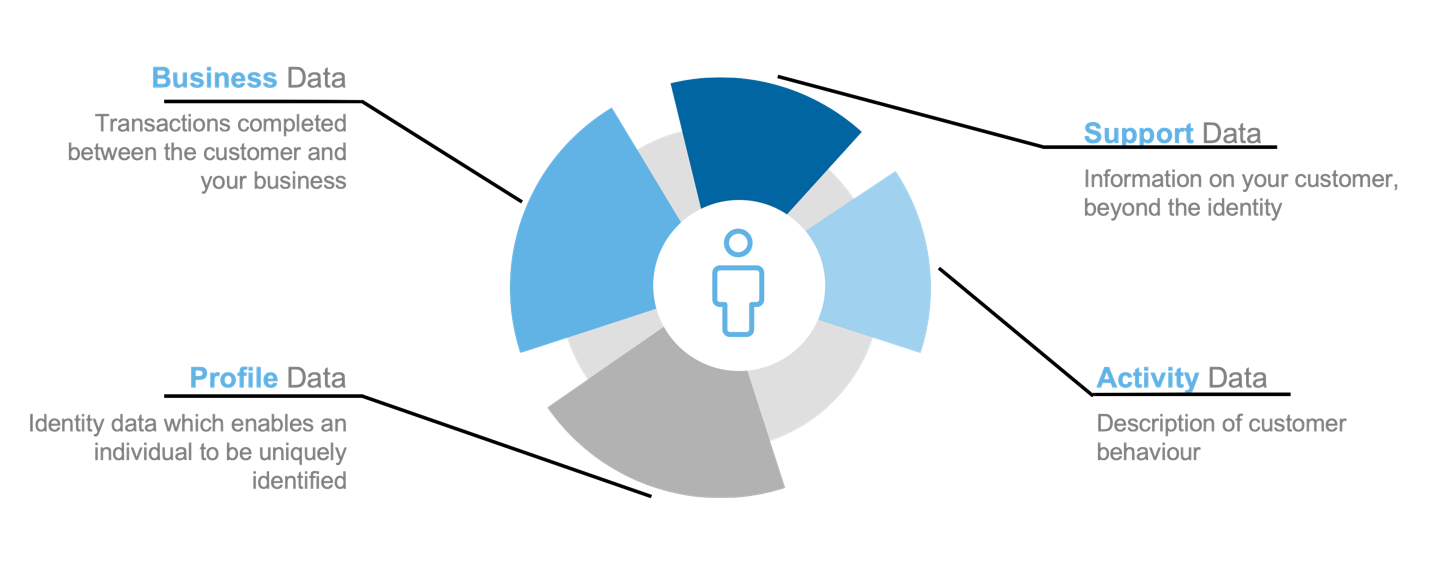
Figure 2 Know Your Customer with four data types
3. Customer segmentation
Does it make sense to approach all customers and prospects with the same message? The answer is most probably “no”. However, a shortage of time and resources tend to be the most common reasons (or excuses) for not doing any segmentation work or at least avoiding the use of segmentation work and data to drive more personalised and profitable customer engagements.
Combining profile, activity and business data is the key underlying a foundation for understanding customer motivation, preferences and even intent. Through customer segmentation, you can personalise the message and experiences in the right channel.
The emergence of modern technologies, such as machine learning, has enabled organisations to leverage dynamic segmentation. Segments updated dynamically, constantly and in real time allow you to interact with your customers in real time, be sure that your segments are constantly updated and show your customers highly relevant products with proper communications.
4. High-quality data
It is hard to name an industry that has not been affected by data-driven digital disruption. The marketing function is no exception. Data is the root of most of today’s marketing decisions. The most productive and customer-obsessed companies approach data as a collaborative effort. They understand that their success often relies on seamless collaboration between marketing, data owners and IT. Their primary goal is to reduce the amount of time it takes to answer the questions marketing asks most, as well as to enable marketing to experiment with “what if” scenarios that take the business forward.
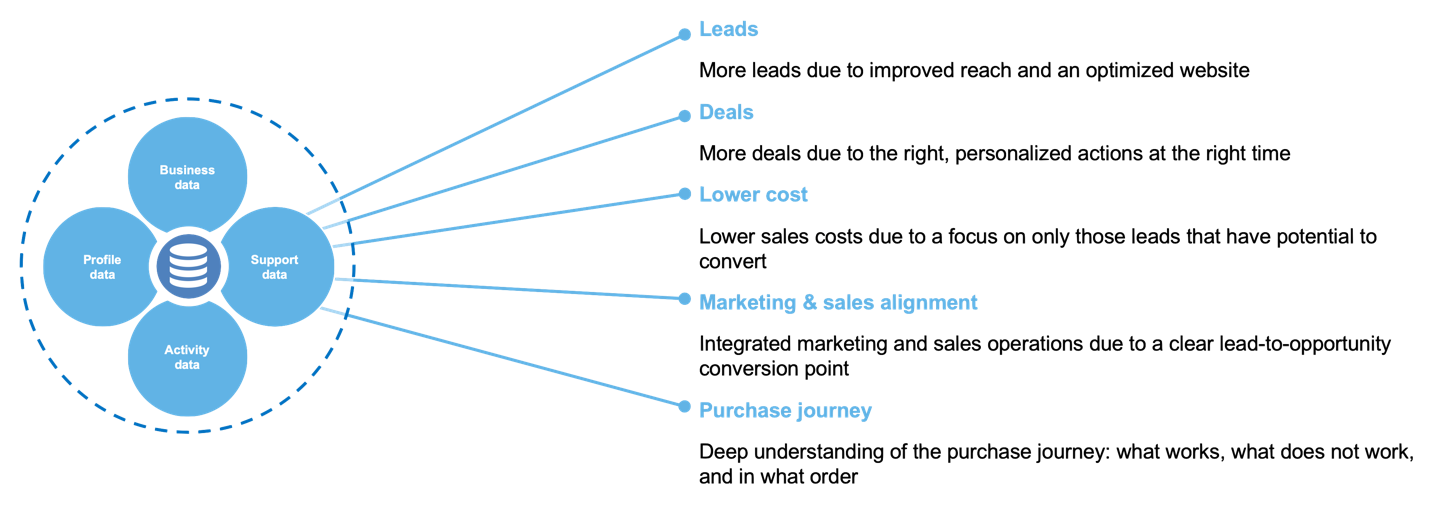
Figure 3 Data - the best way to learn to know your customer
5. Single view of the customer
Broken customer experiences start to emerge when different organisations or business units within an organisation work in silos and communicate to and interact with the customer in different, inconsistent ways. The impact of these silos can be felt in the form of operational inefficiency, wasted resources, higher customer and personnel churn, and lower-than-average or even negative business growth, profitability, and customer satisfaction.
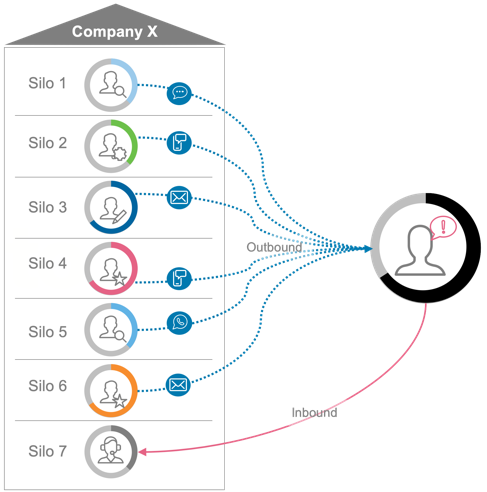
Figure 4 Broken Customer Experiences
By generating a single view of the customer with a unified marketing technology ecosystem, set of processes and governance model, you can understand customer intent and fulfil their needs in every conversation and interaction. In addition, this provides the possibility to take advantage of every customer touchpoint for educating the customer, upselling, cross-selling, or predictive winback. On top of this, every interaction represents a prime opportunity to enrich customer data for higher conversion in all future interactions and conversations.
6. Meaningful customer communication
By mapping your customer journeys, you improve your chances to offer meaningful customer communication at every stage of the customer lifecycle: attracting, converting, closing and engaging. Various tactics can be used at these four stages to fulfil the needs of the target audience and to lure them to the next lifecycle stage.
These tactics aim, in the first phase, to create awareness and raise needs in order to get an anonymous person to visit the website. In the second phase, you build trust and credibility in the eyes of the website visitor so that the visitor becomes a lead. In the third phase, you facilitate the decision so that the lead becomes a customer. After that, you ensure that the customer remains loyal to you (the fourth phase).
7. Marketing automation as part of the (eco)system
Typically, marketing automation is seen as a set of standalone, isolated email-based campaigns instead of always-on, perpetual programmes. Focusing only on your email marketing strategy seriously undermines the potential that marketing automation has in significantly improving your customer acquisition and customer engagement results. An enterprise-scale marketing automation platform used as a pure email marketing or newsletter tool is simply overkill. Instead, marketing automation should be seen as the key technology enabler for orchestrating your omnichannel customer experience. The programmatic approach is often far more consistent with the way buyers buy – repeatedly instead of for a predefined period. The programme also focuses on engaging, nurturing and converting buyers with relevant content and experiences that align with their needs and buying process.
It is really the broader marketing ecosystem (system of systems) that defines the customer experience. It is about the orchestrated impact of marketing automation, CRM, customer analytics, web CMS, intelligent personalisation, and – quite easily – dozens of other systems and technologies combined with their smart use that makes a big difference.
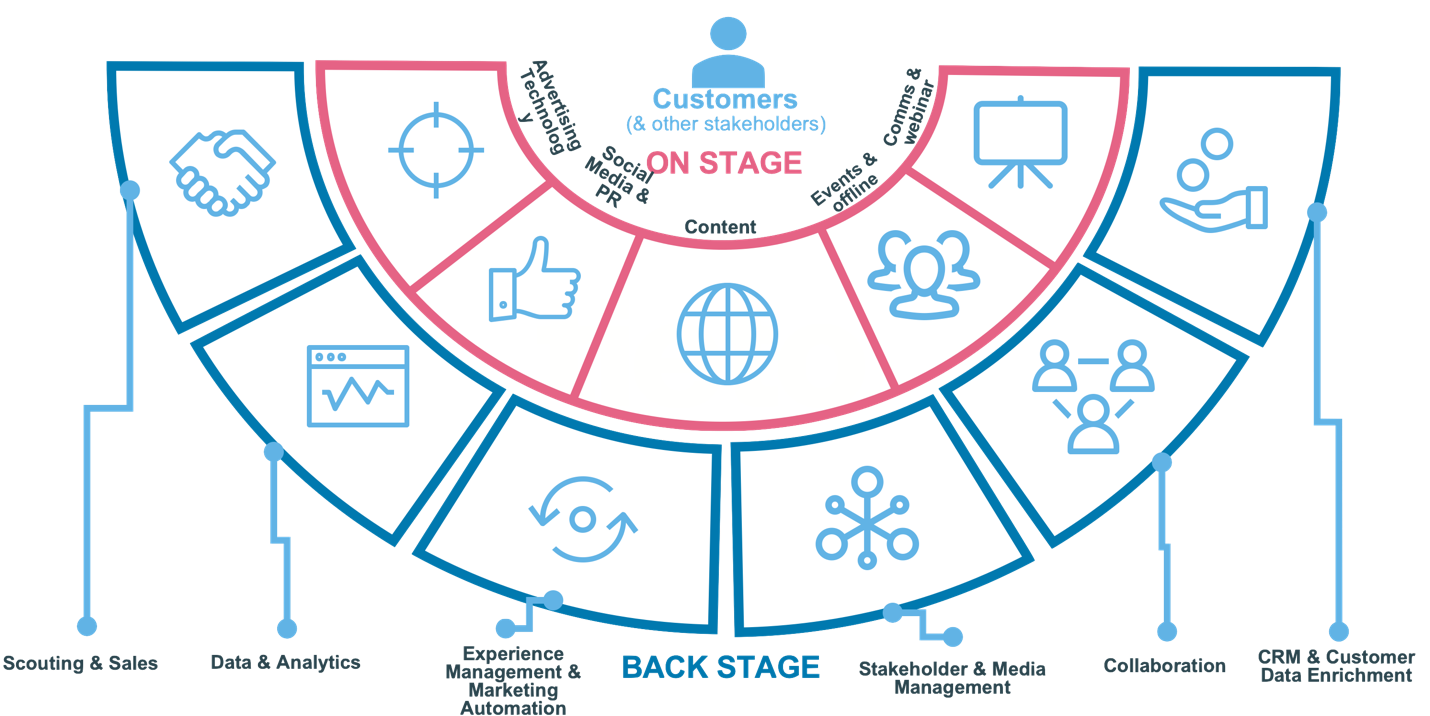
Figure 5 Marketing automation is part of a system
8. Maturity of your customer experience infrastructure
Most of today’s marketers fully recognise the importance of marketing technology to delivering a superior customer experience. However, organisations’ technological capabilities are often still quite far away from living up to the level needed for a high-quality customer experience. It is a real challenge to keep things simple and relevant for customers when dealing with the complexity of legacy customer experience infrastructure.
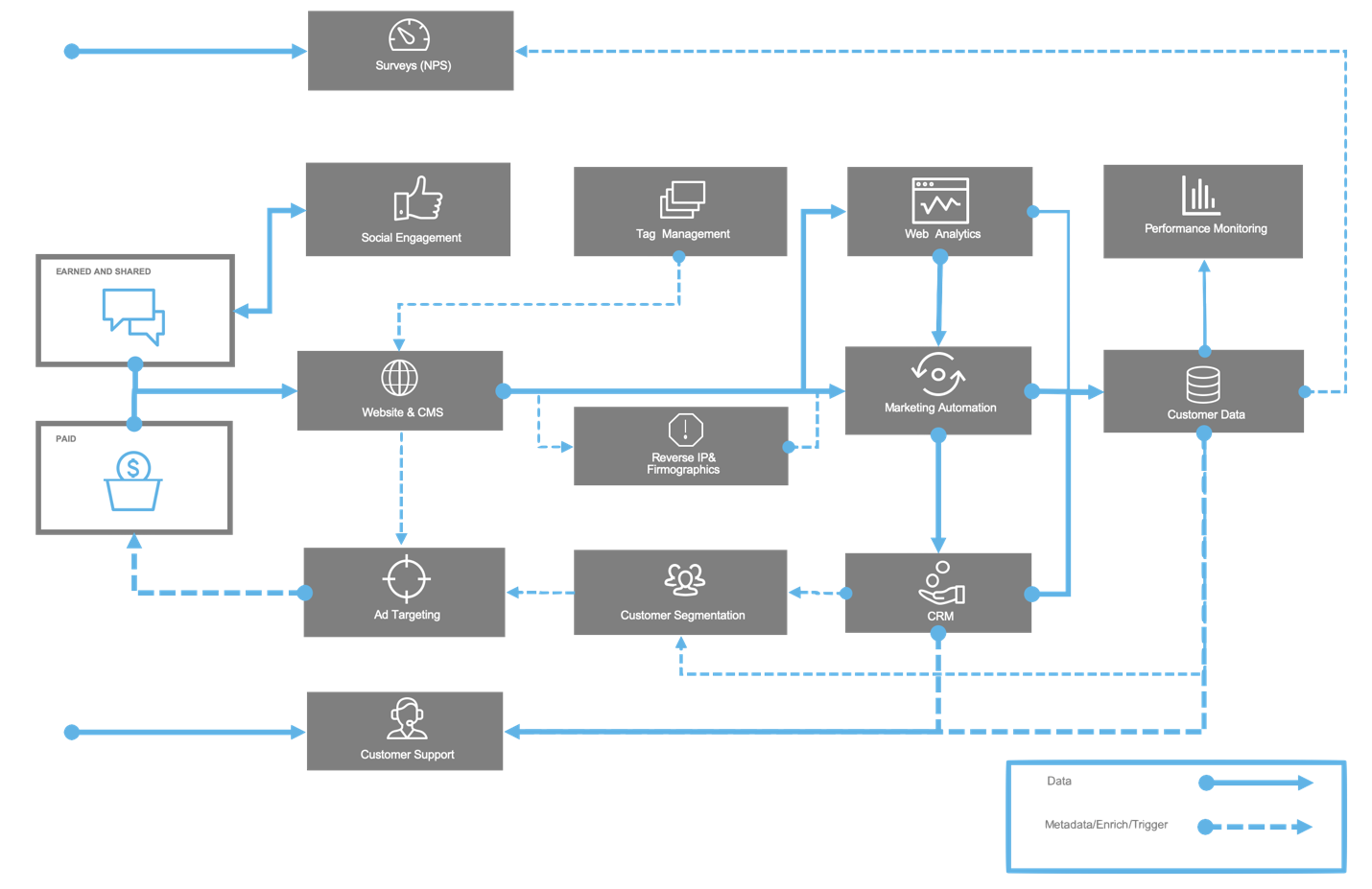
Figure 6 CX System of Insight Infrastructure
Without joined-up customer experience infrastructure, it is an inevitable struggle for marketers to gain a 360-degree view of the customer across different touchpoints – let alone deliver automation and personalisation through the right channels at the right time. Your marketing automation system must be seen in the context of a larger ecosystem of systems and technologies with clear roles and governance models across them to avoid excessive overlapping functionality and data. It is also important to remember that when it comes to delivering a superior customer experience, effective use of technology and effective use of high-quality, sufficiently complete data tend to go together.
9. Sales and marketing alignment
Sales and marketing alignment is really about the customer. This alignment also represents the biggest opportunity available today for improving business performance. Sales and marketing success only works when both sides work towards shared goals.
There are many critical areas where this alignment should be seamless – from creating customer segments and funnel stages together to documenting content gaps along the customer journey to working out a well-defined lead handover process (from a marketing-qualified lead to a sales-qualified lead) to keeping track of and measuring every interaction your customers have with your company. Above all, make all this visible, understandable, and actionable through closed-loop reporting, tracking and holding both teams accountable through dashboards and reporting, and simply keeping the sales and marketing communication flowing.

Figure 7 Systematic approach to leads
10. Being honest = stopping to pretend you can do it all by yourself
We realise that technology changes at an exponential rate, but human organisations do not change that quickly. The marketing technology landscape is changing very rapidly (and this will NOT slow down during the next few years), but organisations’ own use of marketing technology is evolving “only” slightly or not at all. This must be combined with the harsh reality that there will always be a limited number of changes in people, processes and technology that any organisation can truly absorb within a given timeframe.
However, this is not impossible to manage. It is important to understand and decide which technology changes are relevant for your organisation and which to embrace for the greatest business impact. Focus on those that best align with your company's strategic direction and priorities. Also, think of the business and organisational capabilities required to become more agile in accelerating the rate at which you can absorb changes. Explore the practices, such as lean and agile marketing, and how to adopt and leverage them in marketing. You don’t need to do this alone. Outside help is available.
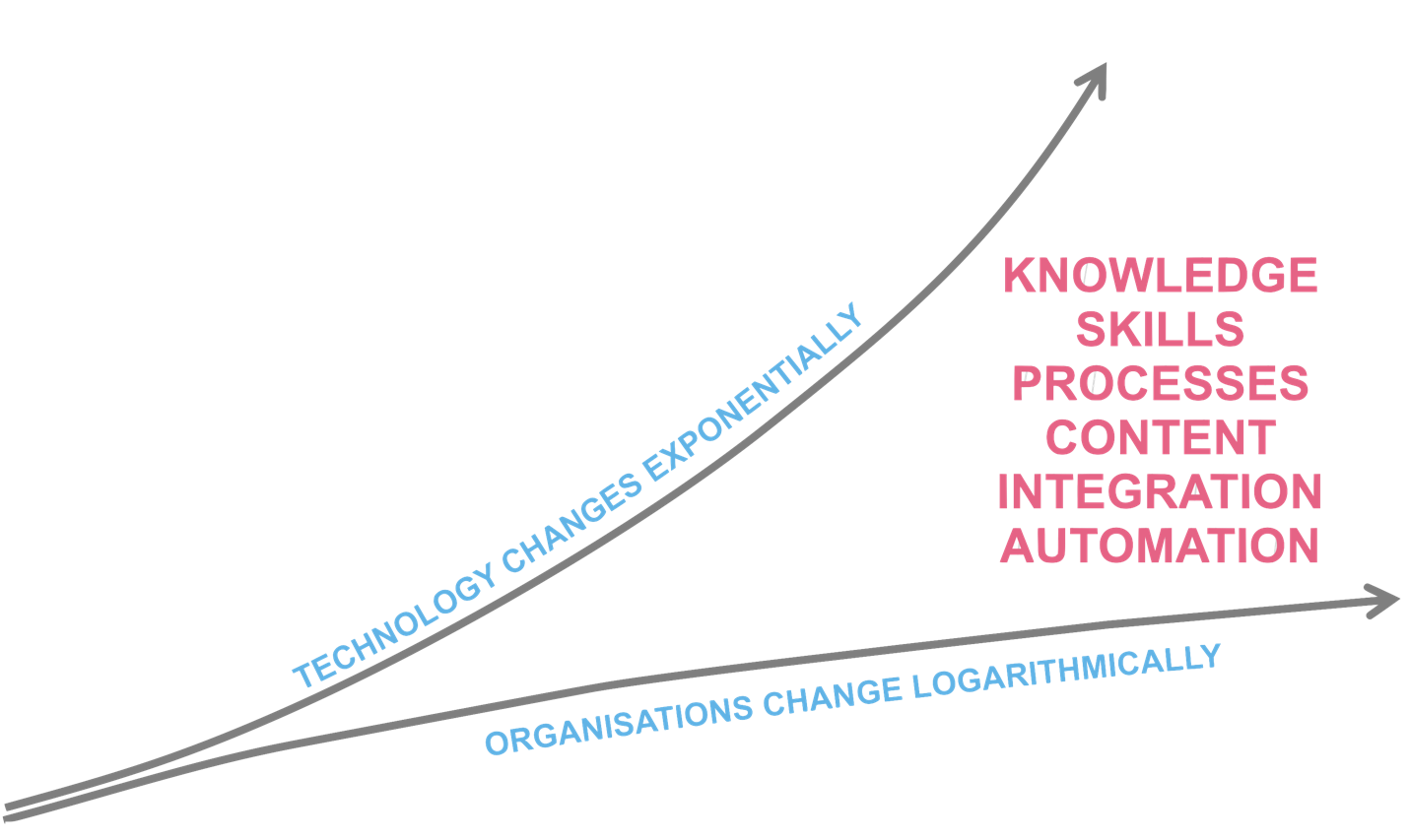
Figure 8 Martech Law
To summarise what is needed to move to the next level with marketing automation:
Begin with analytics to gain customer understanding. After that, move towards adapting marketing parameters and programmes to customer response. Furthermore, you should uncover patterns of usage behaviour to broaden your understanding through every customer interaction and then optimise and grow “more intelligent”. In the end, driving customer acquisition, customer development and customer retention are the key roles for marketing automation.
Interested in hearing more? Contact us for a free consultation and let's see how we can help with your marketing automation.
Marko Saarinen is a principal consultant and head of marketing science at Tieto's Customer Experience Management. As a customer insight and data-driven marketing professional, Marko has studied and influenced the effects of data utilization and emerging phenomena and technologies on business, sales, marketing, and customer experience optimization.
